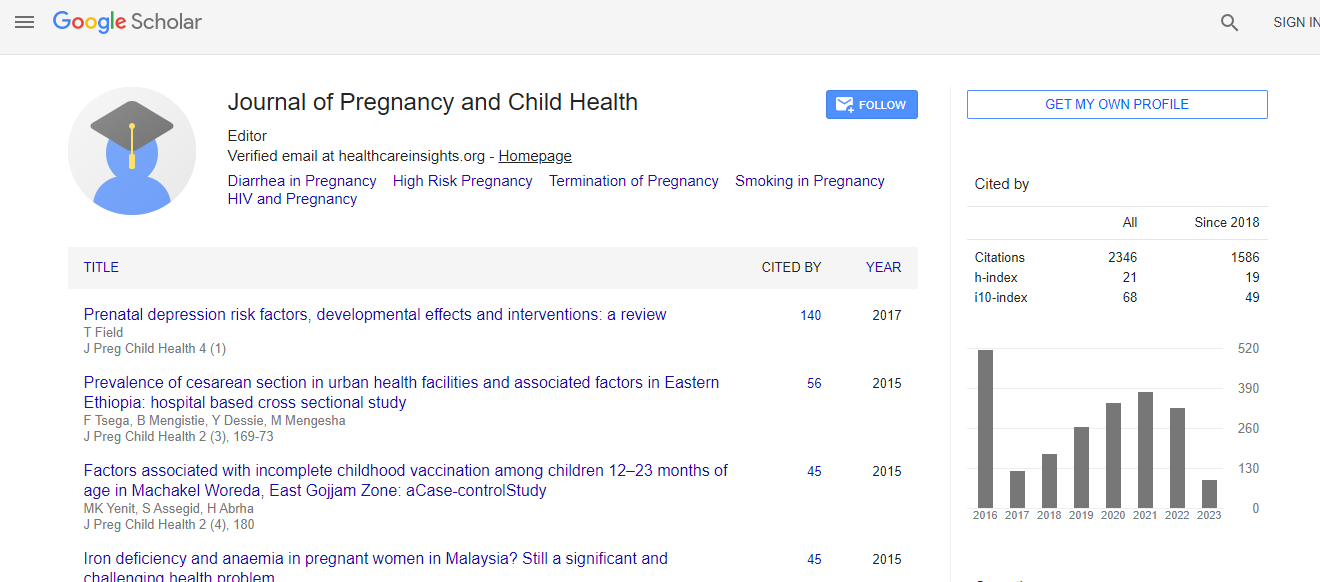Case Report
Analysis of the Genomic Profile in Disseminated Peritoneal Leiomyomatosis: Three cases
Viviani V1, Cavillon V1*, Boudier E1, Averous V2, Croce S3, Sananes N1, Baldauf JJ1, Langer B1 and Akladios CY11Department of Obstetrics and Gynaecology, Hopitaux Universitaires de Strasbourg, Avenue Molière, France
2Department of Pathological Anatomy, Hopitaux Universitaires de Strasbourg, Avenue Molière, Strasbourg, France
3Department of Pathological Anatomy, Institut Bergonie, France
- Corresponding Author:
- Cavillon V
Department of Obstetrics and Gynaecology
Hopitaux Universitaires de Strasbourg
Avenue Molière 67200 Strasbourg France
Tel: 33388127503
E-mail: victor.cavillon@chru-strasbourg.fr
Received date: April 19, 2017; Accepted date: April 28, 2017; Published date: April 30, 2017
Citation: Viviani V, Cavillon V, Boudier E, Averous V, Croce S, et al. (2017) Analysis of the Genomic Profile in Disseminated Peritoneal Leiomyomatosis: Three cases. J Preg Child Health 4:319. doi:10.4172/2376-127X.1000319
Copyright: © 2017 Viviani V, et al. This is an open-access article distributed under the terms of the Creative Commons Attribution License, which permits unrestricted use, distribution and reproduction in any medium, provided the original author and source are credited.
Abstract
Disseminated peritoneal leiomyomatosis (DPL) is a rare disease entity belonging to the category of smooth muscle tumours of uncertain growth. It is characterized by proliferation of multiple smooth muscle nodules in the peritoneal cavity mimicking a malignant process such as peritoneal carcinomatosis but which when studied histologically proves to be of benign nature. Its origin is still unknown. Genomic analysis of DPL cases is of interest in order to understand its pathogenesis and subsequent course, but there are few extant studies. In this article we set out the genomic profiles, analysed by array-based comparative genomic hybridization (array-CGH), of peritoneal and uterine lesions in two cases of DPL detected after previous uterine morcellation for fibroids, as well as a "sporadic" case of DPL. Array-CGH findings revealed in all three cases a flat genomic profile. It is not possible to establish a genetic lineage between two lesions on the basis of the genomic profiles alone, owing to the absence of an unbalanced rearrangement. CGH is not conclusive enough in this type of disorder. Analysis of the exome could provide us with fresh information, not least about driving events in the cancerogenesis of these tumours.

 Spanish
Spanish  Chinese
Chinese  Russian
Russian  German
German  French
French  Japanese
Japanese  Portuguese
Portuguese  Hindi
Hindi 
